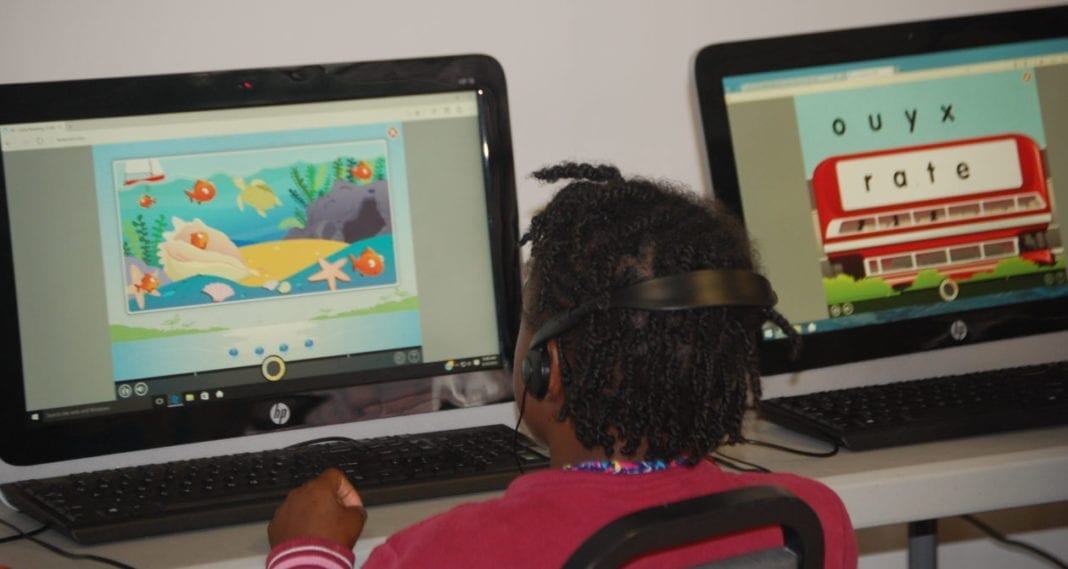Many years ago, two little boys ran past me at Grand Army Plaza in Brooklyn. “What’s that building?” one shouted. His friend replied with dread, “That’s the library. We don’t wanna go in there!” So young and already rejecting the joyous discovery of learning. Had they already fallen behind in school? In contrast, my adult literacy student, old enough to be my father yet reading at a second grade level, couldn’t wait for each of our tutoring sessions. What was wrong with this picture?
Trenton’s Literacy Crisis and the Evidence-Based Learning Approach
The Trenton Literacy Movement citizens’ group cites that 80% of third grade students in Trenton Public Schools read below grade level and, then, as direct literacy instruction ends, they continue to fall behind each year in all areas of their education. However, pilot studies have indicated that the use of evidence-based intervention in these schools has been successful (www.TrentonLiteracyMovement.org).
The Every Student Succeeds Act gives states and districts much more room to be creative when it comes to school improvement than the narrow range of options available under the No Child Left Behind Act, but they must give evidence that their proposed interventions are likely to work. The law provided tiers of evidence, from strong (experimental trials) to moderate (quasi-experimental) to promising studies that don’t meet the higher standards of rigor but still statistically control for differences between the students using an intervention and those in a control group. (Evidence-Based Programs: New Guidance Details What ESSA Means for Research, Sarah D. Sparks, Education Week, May 2018).
The Learning Point Evidence-based Program
One program with a strong tier of evidence is The Learning Point in Princeton, New Jersey.
Princeton University alum Brenaea Fairchild developed what was then known as the B-Fair Tutoring program while still in college, using college students to provide individual and small group remedial tutoring at Foundation Academy and other charter schools in the Greater Princeton and Trenton area. As Executive Director of The Learning Point, Fairchild has expanded upon its tutoring aspect to partner with schools, rebranding the process as educational “intervention”.
Recognizing that “a student’s learning point is a multi-faceted determination that captures his or her current academic standing”, (The Learning Point) “shows educators, parents, and advocates where to meet each child and helps determine the best instruction and strategies and interventions to promote student growth” (https://www.learningpoint.org). As testimony to the strong efficacy of the program, Fairchild cites the example of an English language learner who after only six months in the program, advanced from level five to level nine! Once a student-financed program (registration cost proposed at $15 per student per day), contracted schools in Trenton, Camden, and even Philadelphia now pay for its services.
Address the Literacy Crisis While Children Are Young
We must do all that we can to reach more children right now while their minds are still receptive and open to change. Otherwise, if the two boys I encountered do fall behind, will they, twenty or thirty years from now, have the courage to catch up by enrolling in the Brooklyn Public Library’s adult literacy program? Perhaps. But why take that chance? They can’t afford to and we can’t afford to let them.





